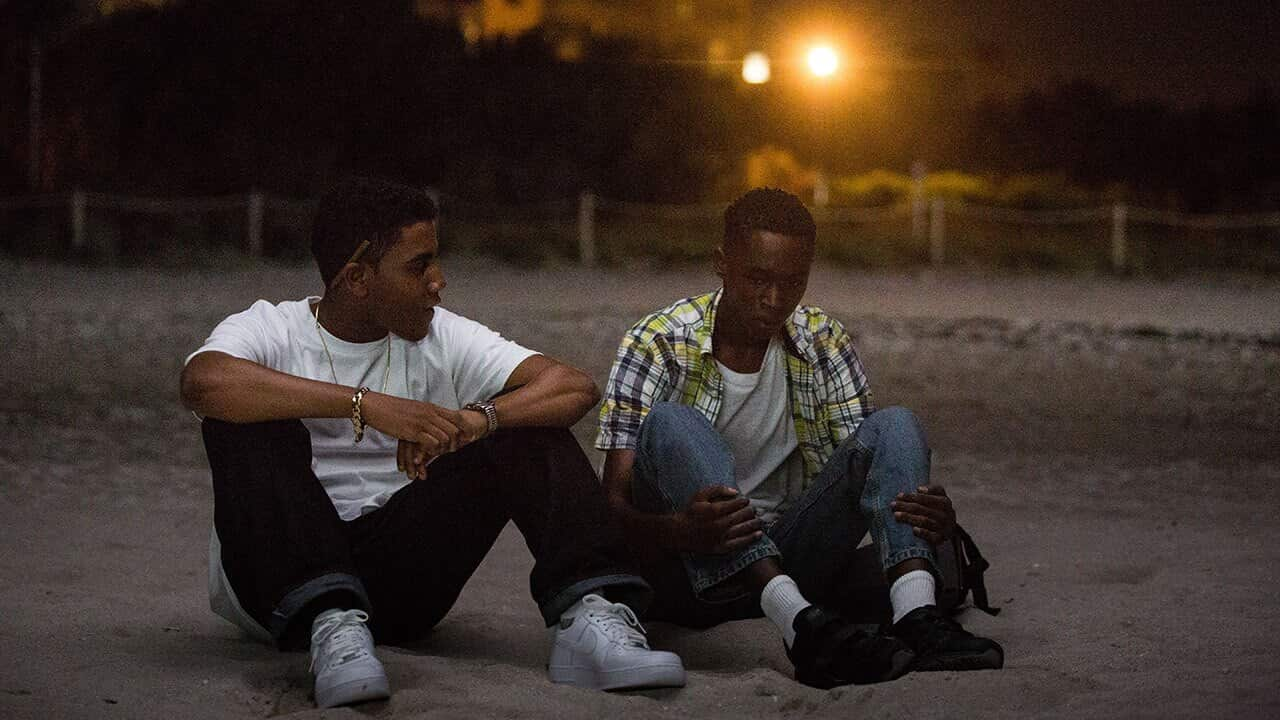When it comes to queer cinema, audiences are divided.
Should we be embracing non-consequential queerness in our films - a queerness more informed by our emerging equality than our past adversity - or advocating the ongoing representation of our identity-specific struggles, despite them becoming less and less?
Once relegated to local arthouse cinemas and the independent film festival circuit, queer film has experienced something of a surge in popularity; one that conveniently parallels the shifting of societal norms in Australia and around the world. It's no surprise, really. After achieving a cultural shift as profound as marriage equality, it was inevitable that our new sense of social inclusion would be reflected - albeit gradually - in the way our stories are told on screen.
However, it seems the LGBTIQ+ community is having a bit of an identity crisis.
We’re living in a time where Moonlight can win Best Picture at the Oscars, Transparent can clean up at the Golden Globes, and Love, Simon can secure a mainstream marketing budget and international release. Representation of the LGBTIQ+ community on screen is greater than ever before - so why does it seem harder than ever to decipher the kinds of stories we want - or some would argue need - to be told? In Daniel D'Addario's , he poses a difficult question, one that - I believe - informs the challenges being faced by queer storytellers moving forward in a world that is no longer hell-bent on silencing them.
In Daniel D'Addario's , he poses a difficult question, one that - I believe - informs the challenges being faced by queer storytellers moving forward in a world that is no longer hell-bent on silencing them.

Behind the scenes of Oscar-winning film 'Moonlight'. Source: Plan B Entertainment
"Love, Simon is a groundbreaking gay movie, but do today's teens actually need it?"
"Kids like Simon, in 2018, already have a good shot of fitting in," D'Addario writes. "They don’t need this movie."
But others disagree.
According to Sydney-based filmmaker Craig Boreham, the dramatic increase in queer stories being told on screen simply means that queer writers and directors are being afforded a broader spectrum of opportunities.
“We are seeing more and more established studios becoming interested in putting LGBTIQ+ stories on screen with the aim of reaching more mainstream audiences," writer and director Craig Boreham says. “I guess the upside is that we’re getting more of a broad spectrum of films that explore queer themes,” he adds. “It’s similar to the way that audiences who enjoy romantic comedies can choose from a mainstream studio crowd-pleaser, or something a little more underground and nuanced like Francis Ha or The Big Sick.”
“I guess the upside is that we’re getting more of a broad spectrum of films that explore queer themes,” he adds. “It’s similar to the way that audiences who enjoy romantic comedies can choose from a mainstream studio crowd-pleaser, or something a little more underground and nuanced like Francis Ha or The Big Sick.”

Craig Boreham directing actor Miles Szanto on the set of 'Teenage Kicks'. Source: Supplied
Boreham - whose feature film debut Teenage Kicks was released in 2016 - is openly gay, and says that it's important to consider historical context when critiquing more "palatable" contemporary queer films.
"A film like Love, Simon is very much focused on ideas of gay identity in a popcorn-friendly, instructive way — and while it can be easy to question its representation of queerness, or lack thereof, its success as a film rides on the back of independent queer films that explored similar themes in the 90s,” he says.
He continues: “What is exciting is that studios and producers can see that there are audiences who are open to seeing queer stories and alongside the popcorn flicks, there is room for more nuanced representations — like Call Me By Your Name, Moonlight, and A Fantastic Woman.”
Speaking to his own filmmaking experience, Boreham reflects on his choice to integrate themes of sexuality and the queer perspective into a broader narrative.
“I was really exploring themes of guilt and desire, more so than identity in Teenage Kicks," he says. "So while the central character’s sexuality and his ethnicity were big factors in informing the way he navigated the world, it wasn’t the central driving force of the narrative in the way it might be for a coming out film.”
And perhaps that's where the future of queer cinema lies; not in films which use queerness as a mere plot device or checked box on a diversity quota, but in those which integrate queerness meaningfully and authentically into well constructed stories - via nuanced characters whose perspectives are defined by more than just their sexuality.
Perhaps, too, it lies in the freedom to write decidedly queer characters for whom queerness bares little or no consequence.
Characters like Lena in Master of None, Maia Rindell in , Elliot Goss in , and Mr. Sulu in the Star Trek reboots.
While I agree with Daniel D'Addario's assertion that LGBTIQ+ young people no longer need coming-out films like Love, Simon as much as they once did, I'd venture that us being able to watch and debate the depth of a mainstream rom-com with gay themes marks the beginning of a new age of queer cinema - one where we're afforded the same trash and treasure as everybody else.



